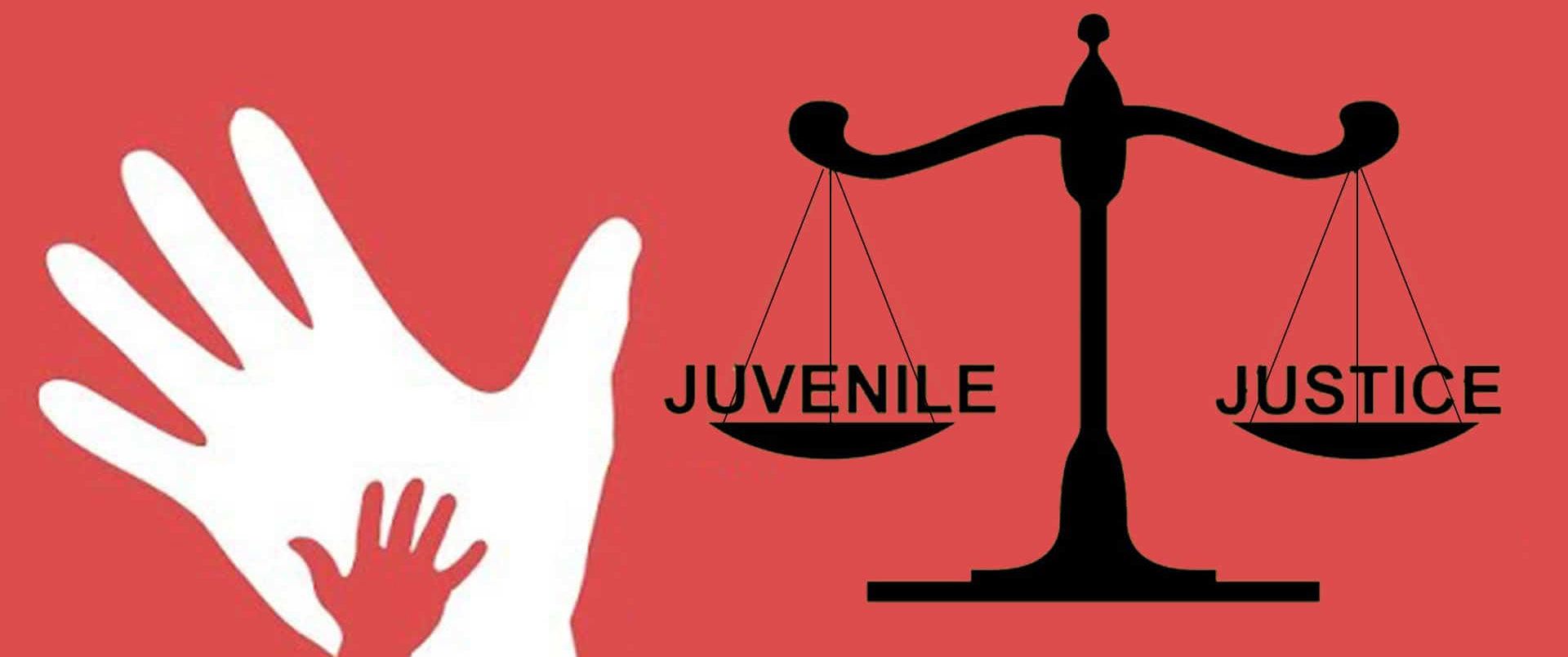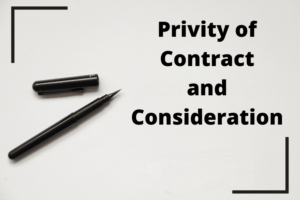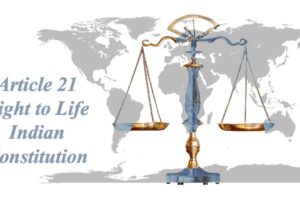
JUVENILE JUSTICE (CARE AND PROTECTION OF CHILDREN) ACT 2015: UNFOLDING THE JURISPRUDENTIAL CANVAS
Children are naturally altruistic; they are not born criminals; rather, crime is ingrained in them by society or their surroundings. In India, there are differences in the definition of a child, yet a unified legal framework was required to stop the rise in juvenile criminality. The purpose of this legislation was to establish Juvenile Justice Boards, which would be responsible for carrying out various responsibilities and settling problems between the law and minors.
Juvenile: About
- According to the Juvenile Justice Act, a juvenile is defined as an individual who has not reached the age of eighteen.
Juvenile Delinquency: About
- Researchers have an interest in finding several significant issues, and juvenile delinquency is one of them. It exhibits a particular behavioral pattern. It involves misconduct on the part of someone who is young or under the legal age restriction.
- An individual between the ages of 15 and 18 who violates the law, becomes homeless, persistently disobeys instructions, and engages in behavior that jeopardizes both his and others’ moral lives is considered a juvenile delinquent. One sort of abnormality that might not be considered criminal behavior is delinquency. Children who engage in behavior that affects society are considered to be engaging in juvenile delinquency, and it is therefore forbidden.
Juvenile Justice Act: About and Features
Maneka Gandhi’s entry into the Parliament made it possible for the Juvenile Justice Act to undergo some changes. The revisions included requirements for adoptive parents to meet eligibility, the establishment of Juvenile Justice Boards with at least onewoman member in each district, and the trial of persons between the ages of 16 and 18 as adults for horrible crimes such as murder and rape.
- The primary objective of the Juvenile Justice Act of 2015 was to guarantee that minors receive an impartial and equitable chance to be heard and that justice is administered in a conciliatory manner through the utilization of diverse techniques such as rehabilitation. The children’s interests had to be the first priority.
- The Act of 2015 has a number of noteworthy characteristics that are easily noticeable. First of all, the act has clarified the concept of a child. Any individual who is younger than eighteen and has not reached majority is considered a child. Other than that, there are two categories: “child in need of care and protection” and “child in conflict with the law” as often discussed by various experts in RJS Coaching institutes.
- Regarding how offenses committed by juveniles are classified, there are considerable differences. There are three classifications: trivial, grave, and repulsive. When it is demonstrated that a child sixteen years of age or older is mentally able to commit a horrific crime, they may be prosecuted as adults rather than juveniles.
- The term “child in need of care and protection” was expanded because this act is under the purview of the Ministry of Women and Child Development. The welfare of children is something that should be addressed.
- The concept of “adoption,” which was previously completely unclear, is now included in the Juvenile Justice Act of 2015. Additionally, a completely novel “Children’s Court” has been established, with the authority to decide disputes pertaining to minors.
Juvenile Justice Act: Shortcomings
Some of the shortcomings discussed by various expert teachers in RJS Coaching are as follows:
- It might be challenging to figure out a juvenile’s age accurately, which might result in various discrepancies in legal treatments for them.
- Ensuring adolescent offenders undergo appropriate rehabilitation programs and are able to rehabilitate into society is a continuous job that demands extensive support systems.
- It can be difficult to apply the Juvenile Justice Act, 2015 uniformly throughout different jurisdictions and areas, which ultimately results in disparate enforcement and safeguarding of juvenile rights.
- The creation and upkeep of juvenile justice establishments are hindered by insufficient financial and physical resources, which has an impact on the standard of care and rehabilitation efforts.
- Sometimes it can be challenging to strike a balance between the Act’s stated objective of prioritizing the best interests of the child above the necessity for community security and punitive measures and rehabilitation initiatives.
- Maintaining that juvenile offenders refrain from committing the same offenses again requires constant attempts to address the core causes of delinquency, which include social marginalization, poverty, and an absence of education.
The statute achieves in providing some clarity regarding the financial consequences that minors who transgress the law might encounter. Cases pertaining to children who are delinquent are now able to be handled more efficiently and methodically. There is balance for the time being, albeit there are still a few issues that need to be addressed.
Rehabilitative techniques as often discussed in RJS Coaching from the judiciary exam point of view have shown to be successful in treating delinquent and socially inappropriate conduct. Most of the time, there is some improvement shown in the children. The government has to ensure public safety and take the necessary measures.
Justice must be served effectively and simultaneously. It is necessary to put into effect adjustments worldwide concerning the administration of justice in cases concerning juveniles.



